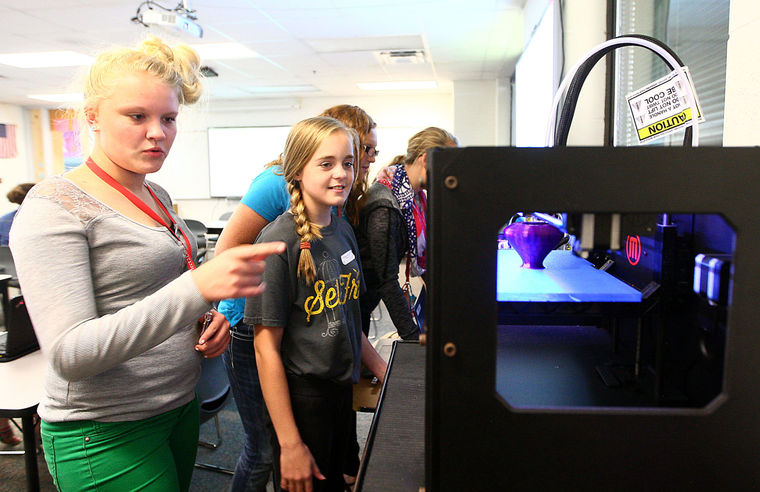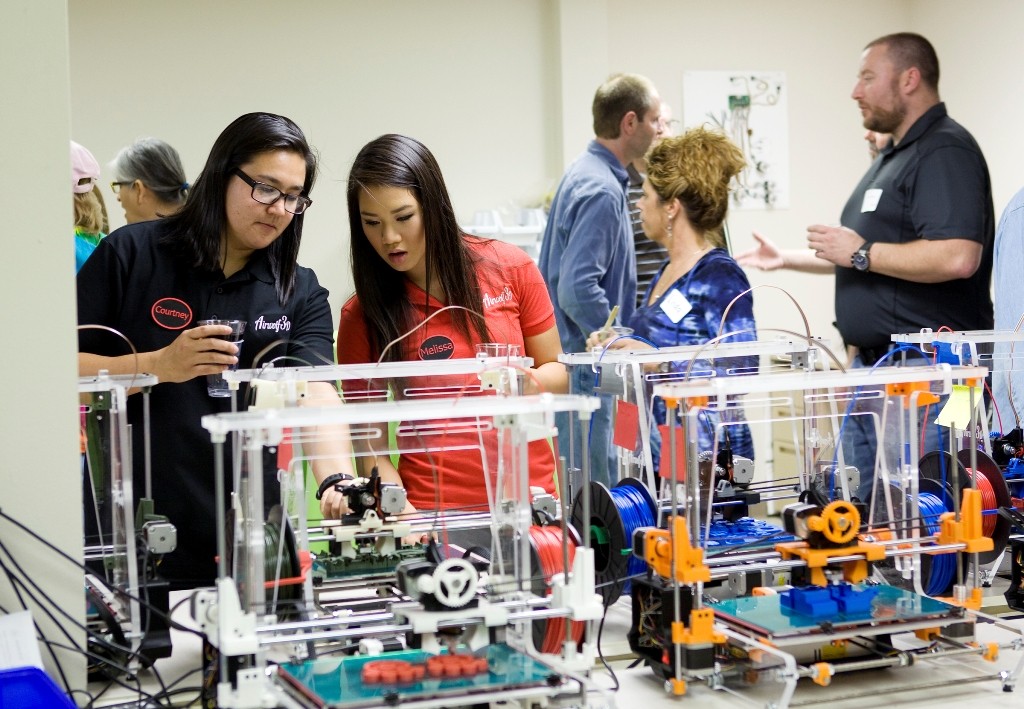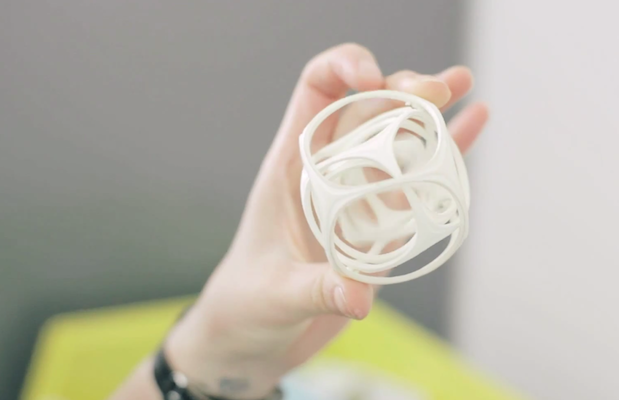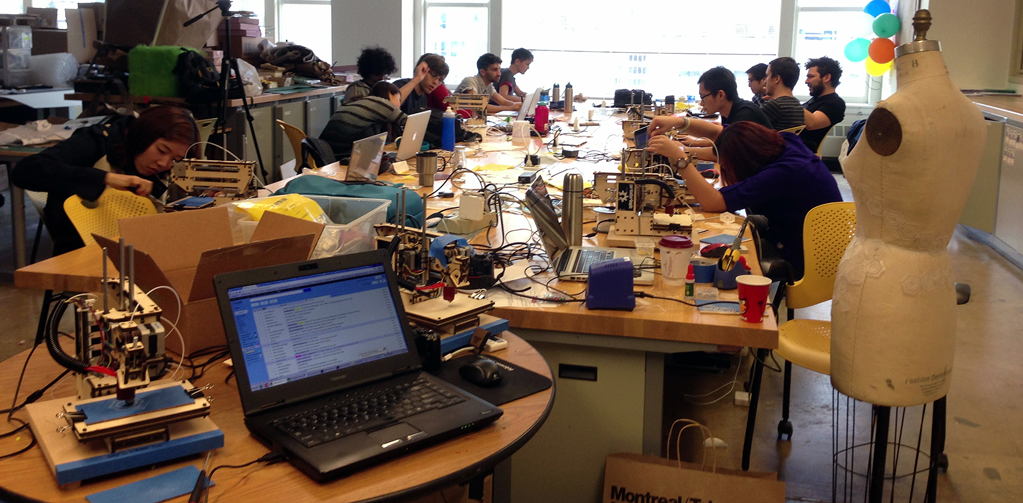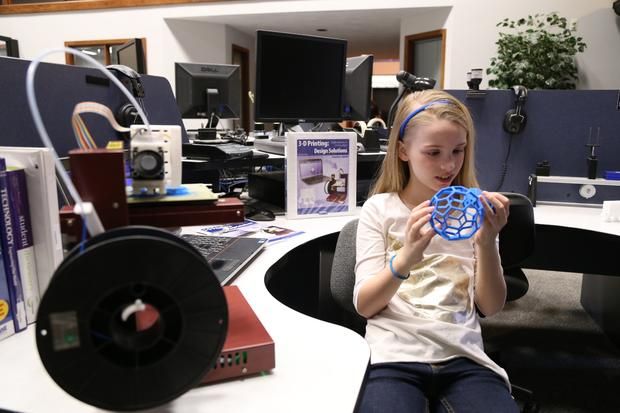3D Printing has been in existence for the last 30 years or so. It is pretty similar to ordinary printing.
However, in this case, a Plastic or other malleable substances are used for printing instead of ink.
Consequently, images that would have ordinarily appeared as two dimension appears in the third dimension thus enhancing their appearance.
Several advantages do accrue from the use of this technology in teaching.
Creates Excitement
Illustrations and more so those in 3D, enhance the understanding of various concepts that are quite difficult to comprehend in the ordinary classroom environment.
That’s because they make it possible to visualize issues.
This out rightly leads to greater comprehension of concepts which subsequently bolsters performance in science and technical subjects where illustrations really matter.
Compliments Science, Technology, Engineering and Mathematics Curriculum
It grants the aforementioned disciplines to generate contents that hitherto, have been practically impossible.
For instance, it enables Engineering students to design and print out prototypes; Architecture students to print out 3D models of designs; History students to print out historical artifacts; Graphic Design students to print out 3D versions of their artworks; Geography students to print out topography, population, or demographic maps; Cooking students to create molds for food products; Automotive students to print out replacement parts or the modified examples of existing parts for further testing; Chemistry students to print out 3D models of molecules and other sub-atomic particles; Biology students to print out cells, organs , tissues, viruses, and other critical biological features; Math students to print out “problems” to solve later in their own learning spaces, such as scale models, city infrastructural design challenges and indeed, more besides!
Grants Access to New Materials
Certain materials such as fossils, historical artifacts, prototypes, molecular structures, art galleries and bodily organs cannot be easily visualized on textbooks.
However, when replicated or printed out in the 3rd Dimension, they easily get seen and properly comprehended.
This creates brand new possibilities which are almost impossible in rote learning approaches.
Opens New Possibilities for Learning
3D printing tends to bring into reality those concepts and facts which are mainly taught in theoretical sense.
These includes such things as Topography (in Geography), Molecular Structures (in Chemistry), and Fossils (in Biology) just to mention but a few.
By printing out these otherwise purely theoretical concepts, students are capable of visualizing, touching and feeling them thus enabling them to explore them in a more realistic and concrete way.
Enhances Problem Solving Skills
The 3D Printers bring with them the need to be operated, trouble-shot, and repaired.
They require the development of endurance skills to ultimately master them. The process of producing a print-out also incorporates several skills such as designing and modeling which are equally intriguing.
These two processes of mastering the operations of 3D Printers as well as the production of print outs creates passion and determination which subsequently enhances the problems-solving skills of the students.
As can be deduced from the foregoing discussions, the advantages of teaching in 3D cannot be fully enumerated due to space constraints.
Moreover, the concept of 3D Printing is relatively new and mostly in its juvenile form.
One wonders just how many more benefits this concept will bring forth in the coming years.
